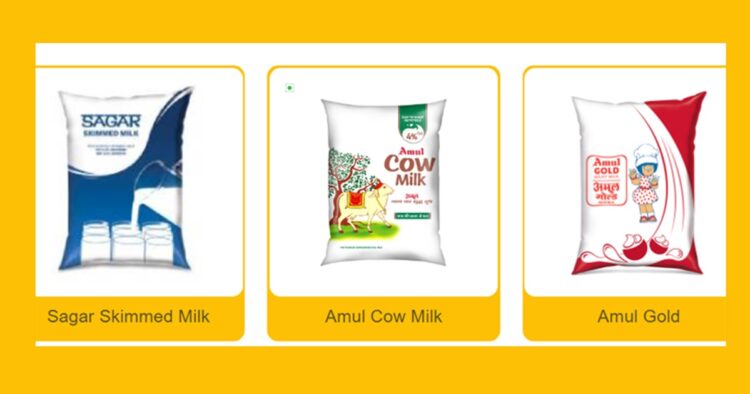Amul, the renowned dairy brand owned by the Gujarat Cooperative Milk Marketing Federation (GCMMF), is set to venture into the US dairy market with plans to export fresh milk. This marks a significant move for the dairy giant, as it aims to tap into new markets abroad. However, as it embarks on this expansion journey, Amul may encounter challenges amidst shifting consumption patterns in the US.
Despite a surge in milk production in the US over the years, consumption has been on a steady decline. This imbalance has resulted in price drops within the industry, posing potential hurdles for Amul’s entry into the market. In 2023 alone, US milk prices experienced a dip, contrary to the rise in food prices, highlighting the challenges faced by dairy producers.
One major factor contributing to increased production despite low consumption is the structure of the dairy industry. Unlike factories that can adjust production in response to market trends, dairy farmers must consistently milk their cows to maintain their health. This, coupled with limited processing facilities, storage, and labor shortages exacerbated by the pandemic, has led to a surplus of unprocessed milk.
Government subsidies in the US incentivize dairy farmers to continue production even amidst price drops, further contributing to the surplus. Additionally, large-scale farms benefit from economies of scale and technological advancements, allowing them to remain profitable despite small margins, while smaller farms struggle to compete.
On the demand side, various factors have led to a decline in milk consumption in the US. Changing lifestyles, consumer preferences, and demographic shifts have all played a role. The shift towards low-fat diets, coupled with the rise of milk alternatives such as plant-based and lactose-free options, has contributed to decreased consumption of traditional dairy milk.
Furthermore, public schools, once significant consumers of milk, have witnessed lower consumption rates among students due to regulatory changes mandating low-fat options. Additionally, the popularity of grab-and-go breakfast options over traditional cereal and milk combinations has further impacted milk sales.
Despite these challenges, Amul sees an opportunity in the US market. Consumers are willing to pay more for alternative beverages like coconut, oat, soy, and almond milk, which are gaining popularity despite their higher cost. Moreover, there is a growing preference for locally sourced and organic products, presenting Amul with an opportunity to position itself as a premium choice for those seeking alternatives to traditional milk.
In conclusion, Amul’s foray into the US dairy market comes at a time of shifting consumption patterns and industry challenges. However, with strategic positioning and a focus on consumer preferences, the dairy giant aims to carve out a niche for itself in an evolving market landscape.

















Comments